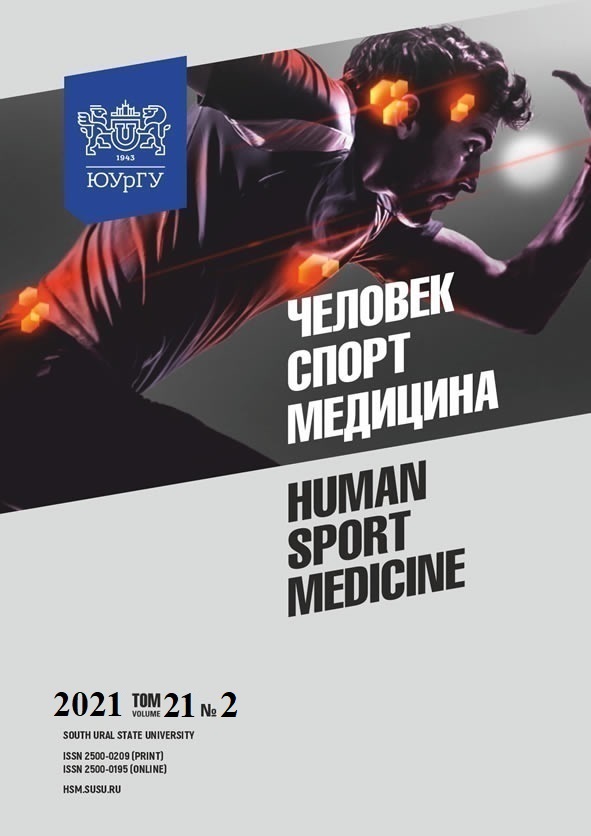HEART RATE VARIABILITY AND PHYSICAL DEVELOPMENT IN ICE HOCKEY PLAYERS AGED 9–16
Abstract
Aim. The paper aims to study the nature of correlations between heart rate variability and physical development in ice hockey players in prepuberty and puberty. Materials and methods. Ice hockey players aged 9–16 were involved in the study (n = 189, forwards and defensemen). The control group consisted of physically active boys aged 7–8 (n = 34). Heart rate variability data and the indices of physical development were used. Results. The age periods of critical importance for physical development are determined at 13 and 15 years, which are characterized by negative BMI dynamics and the increased stress of HRV regulation, namely a decrease in total power, redistribution of activity from the centers of the n. vagus and higher subcortical structures of autonomic regulation, an increase in the number of players with dominant central regulatory mechanisms. Conclusion. Heart rate variability in ice hockey players aged 9–16 corresponds with their physical development. The age periods of 13 and 15 years are considered as of critical importance for physical development.
References
References on translit
Copyright (c) 2021 Human. Sport. Medicine

This work is licensed under a Creative Commons Attribution-NonCommercial-NoDerivatives 4.0 International License.















